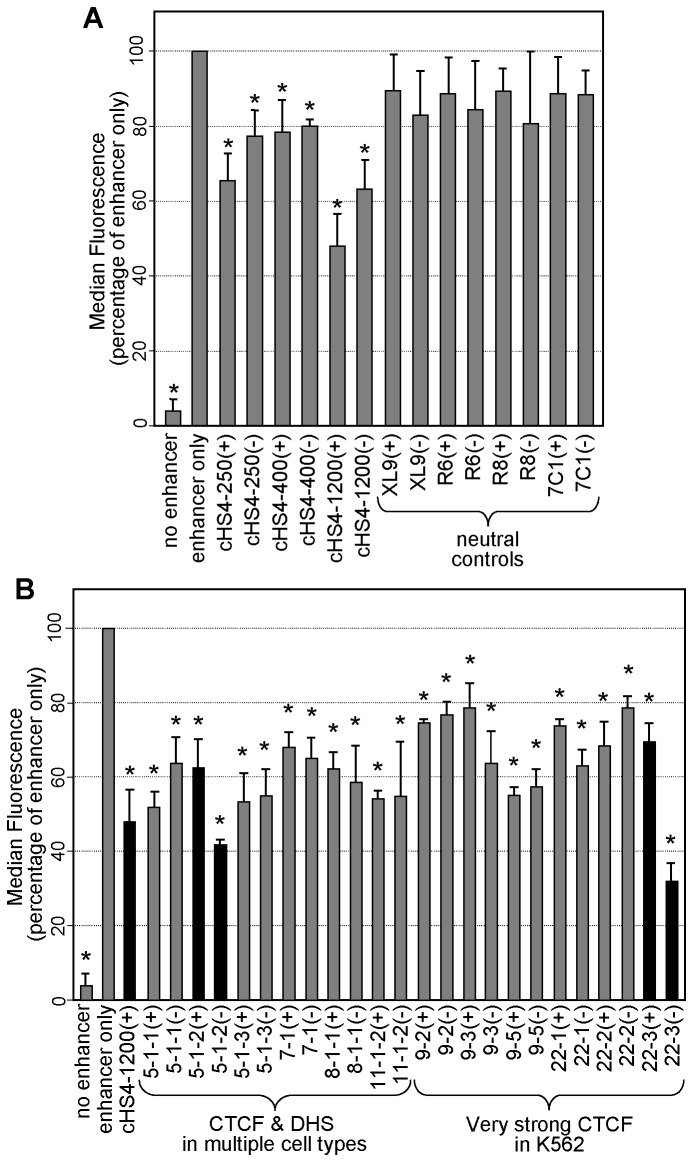Figure 4. Lentiviral vector screen of candidate insulators.
(A) Specificity of lentivector-based GFP assay. The indicated versions of the prototypical cHS4 chromatin insulator and 4 neutral control elements were inserted into the GFP-based lentiviral reporter vector and analyzed for the intensity of GFP expression in erythroid K562 cells. (B) Screen of candidate insulator elements. Candidate elements identified by chromatin profiling were inserted into the GFP-based lentiviral reporter vector and analyzed for the intensity of GFP expression in erythroid K562 cells as described in Figure 2. These candidates included sequences that were positive for CTCF and DHS in multiple cell types, and sequences that generated very strong peaks of CTCF binding in the erythroid cell line K562 (see Table 1 for details). Results are reported as the median fluorescence of the GFP-positive cells as a percentage of the no-insert enhancer-only control. Data represent the average ± standard deviation from 3 or more independent experiments. * P<0.02 versus enhancer-only (no insert) control based on t-test with Bonferroni correction. See Table 1 for details of control and candidate insulator fragments. (+), fragments inserted in the positive orientation based on the UCSC genome browser output; (-), fragments inserted in the negative (reverse) orientation.

